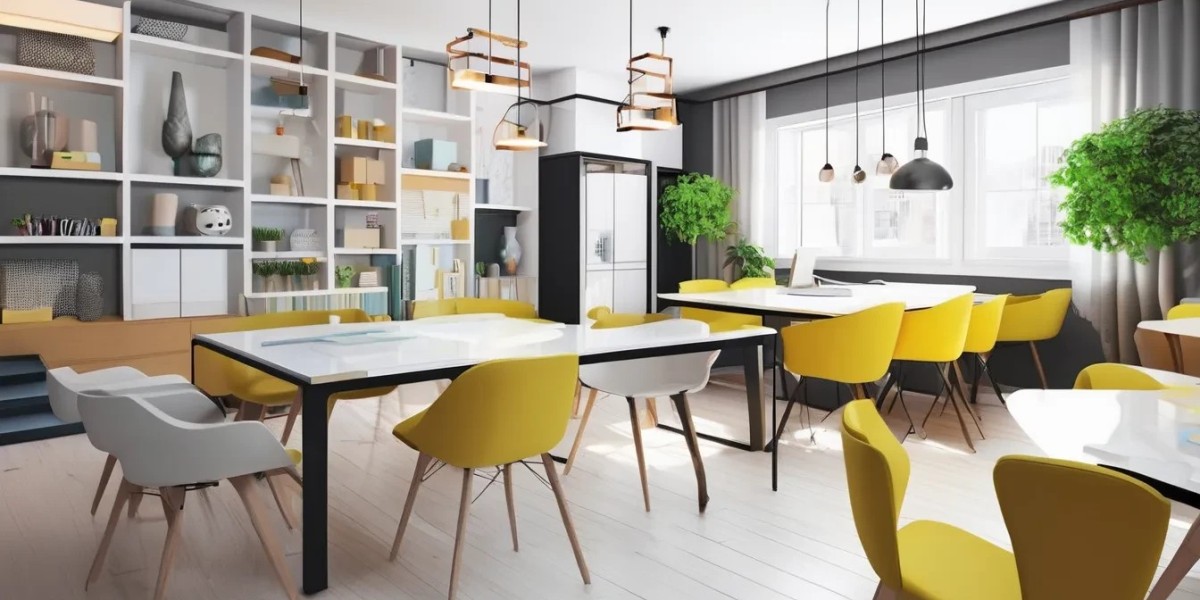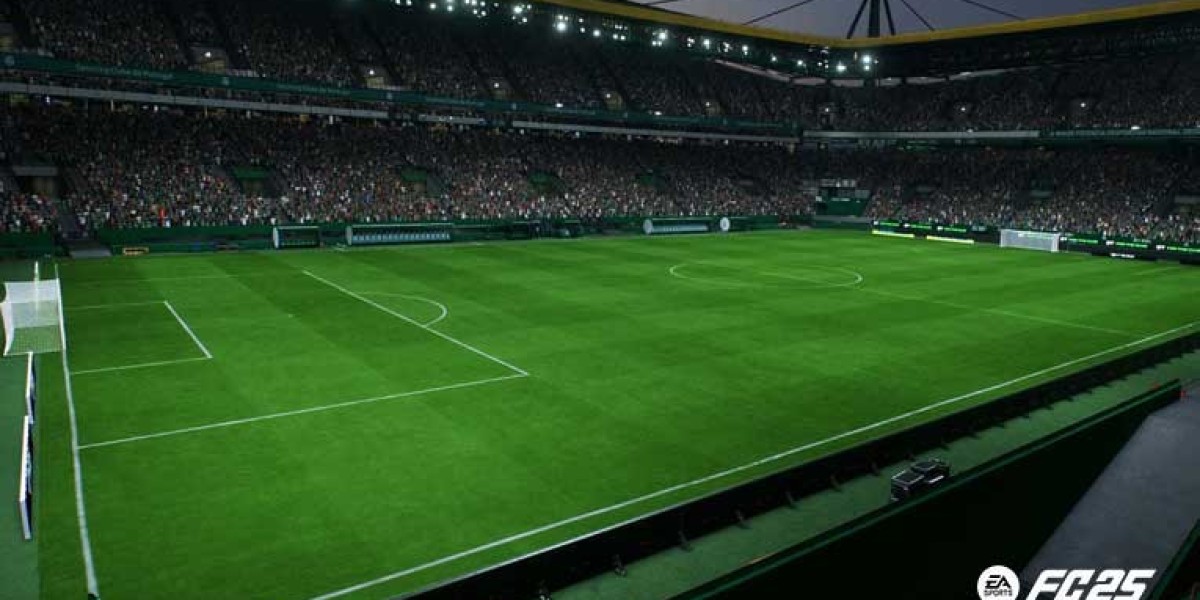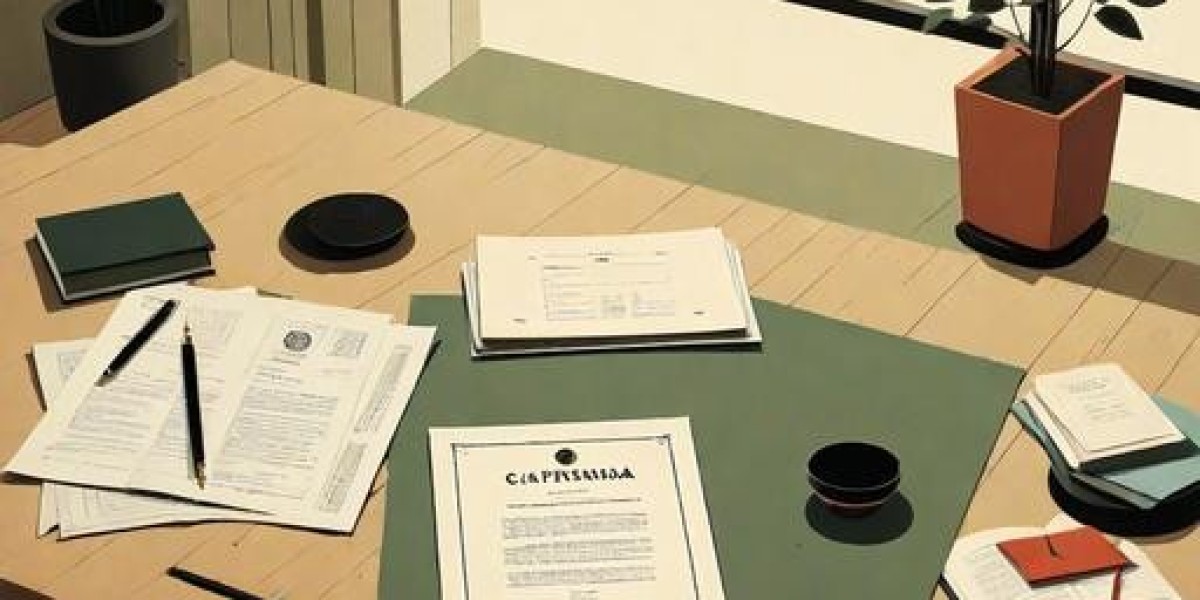Introduction
Whenever we want to join a new course one of the first things that comes to our mind is - what is the syllabus of the course? Well, the case of Interior Design is no different. If you are aspiring to join an Interior Design course in Bangalore you might simply google the syllabus of the course. Well, there are plenty of interior design courses and the best interior design course for you depends on your proficiency.
If you are a fresher then the best course for you would be a basic to advanced interior design course. These courses are specially designed for beginners. These courses aim at making the fundamental concepts of Interior design clear and then they slowly move towards more complex concepts.
Today let’s look at the framework of these types of courses, which go from basics to advanced.
The Interior Designing Course Syllabus can be divided into 3 major components. The first is the Basic Level, then Intermediate Level and the last is Advanced Level. Let’s get a brief overview of all the three components.
Basic Level
The basic level of the Interior Design course is the first major level of the Interior Design course. The objective of this level is very simple, that is to build a solid understanding of the fundamentals of Interior design. The basic level gives a brief overview of the history of Interior design, how it evolved over a period of time, and its present status and application.
Once this is done, the syllabus moves towards practical concepts of Interior Design. The students are introduced to major principles of Interior design which find an application in real-world projects.
For instance, students are made aware of the major principles of Interior design such as the principle of Balance. This principle is based on the concept that whenever you are designing something there should be an optimum balance between various elements of the design so that the aesthetic appeal of the design is not compromised.
At the Intermediate Level, the students are also made aware of various types of materials that are used in Interior design. There are many materials that can be used for various designs. But which is the best material for a particular design? Is it aesthetically appealing? Does it come at the cost of compromise with functionality? These important questions are answered at the intermediate level itself.
Last but not least, whenever you are talking about Interior Designing you have to talk about colors. The color theory is used extensively in Interior design to ensure one color perfectly goes with another so that the aesthetic appeal of the design is not impaired in any way whatsoever.
Intermediate Level
Once the basic level of the course is done the course moves towards the Intermediate level. The intermediate level aims to impart deeper knowledge of the discipline.
At this level, the advanced concepts of Interior design are taught such as Space Management. Space Management is one of the most vital as well as one of the most complex topics of Interior design. It is vital because interior designers are tasked with the great challenge of making the optimum use of space while designing. The designs have to be made in such a way that the aesthetic appeal of the place is achieved without overcrowding the place. At the intermediate level space management is taught thoroughly.
Other major things that are taught at the intermediate level include light planning. As lighting is becoming a major element of modern interior designs, designers are taught which type of light is most suitable for different ambiances. Also how to plan the color and location of the lighting is taught at the intermediate level.
Last but not least, at this stage the designers are taught how to estimate the budget of their proposed designs.
Advanced Level
This is the last and most advanced level of any Interior Design course. Once the aspirants are thorough with the basic and intermediate levels of the interior design course, this level imparts advanced knowledge of Interior design to the aspirants.
Advanced concepts of Interior design are taught at this stage such as complex space management. Complex space management deals with complicated places where interior designers face a tough time designing the place due to various constraints such as small areas, unusual shapes, and unusual demands of the customers.
So how do you design in such cases? The advanced level of the Interior Design course answers this question. This level tries to make the aspirant subject matter experts. So irrespective of the level of difficulty of the situation the designers are up for the challenge.
At the advanced level of the Interior Design course, the aspirants are also made aware of the latest trends and innovations in the design industry. Since Interior Designing is a dynamic industry there is a constant need to upscale your game in order to survive in this industry. So at this stage, the designers are made aware of the latest designs and technologies that are taking over in the market. It ensures that the aspirants are on the right track in the course of their Interior design journey.
At this stage specific knowledge relating to the discipline is also provided. For instance, there are various areas of Interior design such as bedroom designs, kitchen designs, etc. So at this stage designers are taught how to deal with different types of situations.
Conclusion
All in all, these 3 levels of the Interior Design Course are the gateway to your Interior Design career. A comprehensive course covering all these three levels of Interior design can turn you into a solid professional in no time.







